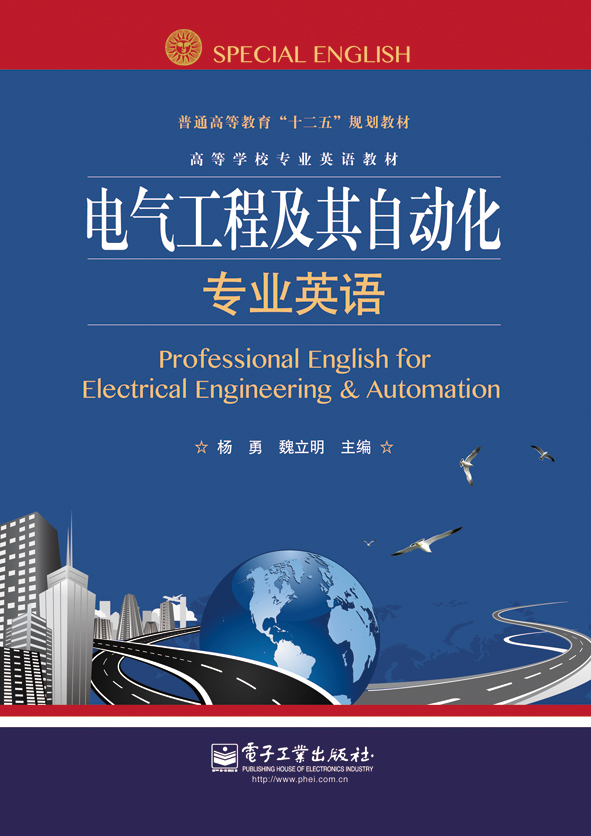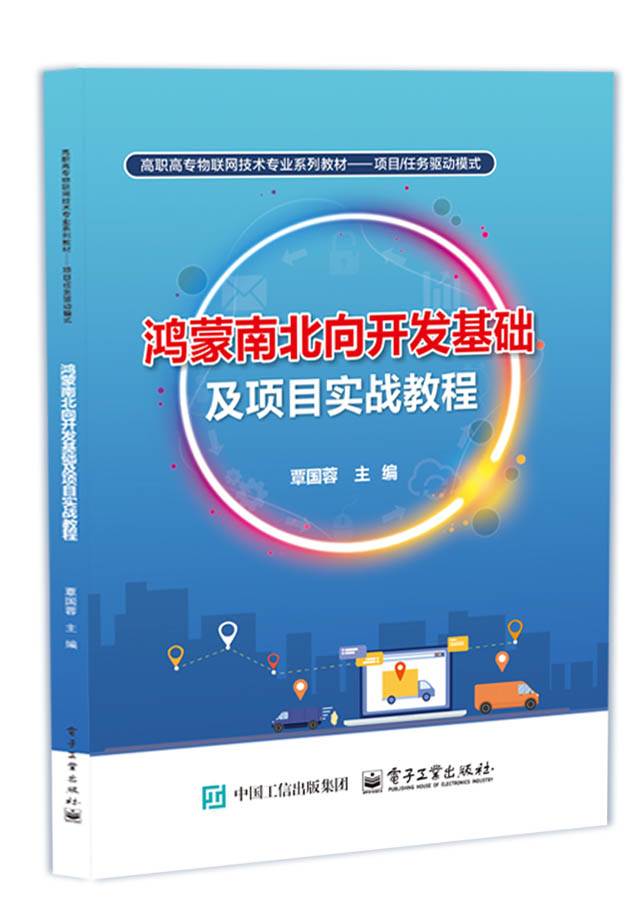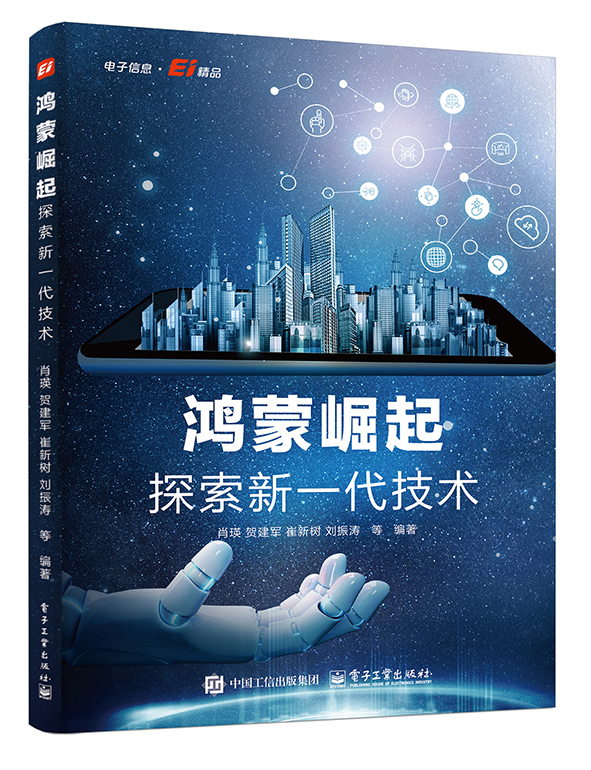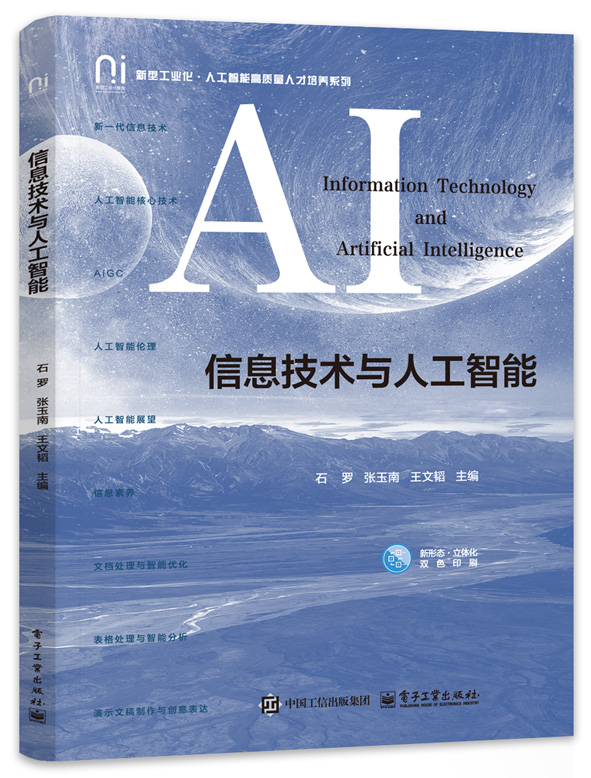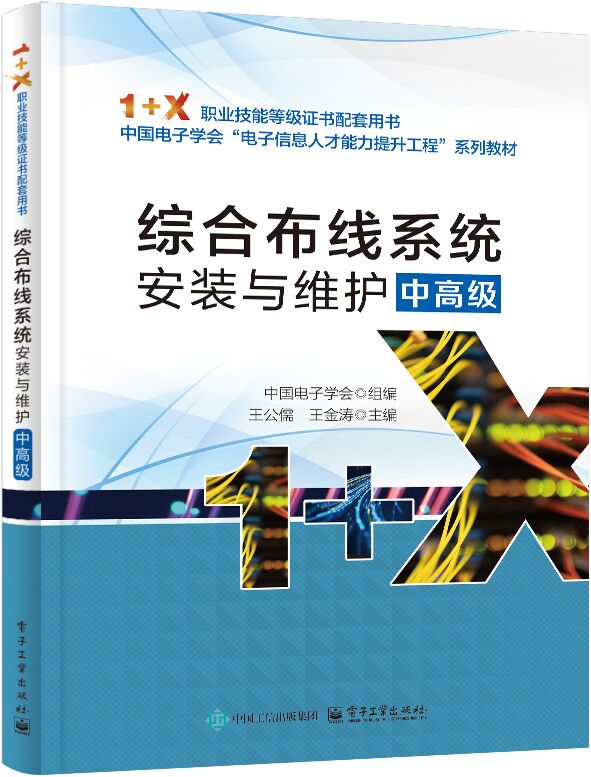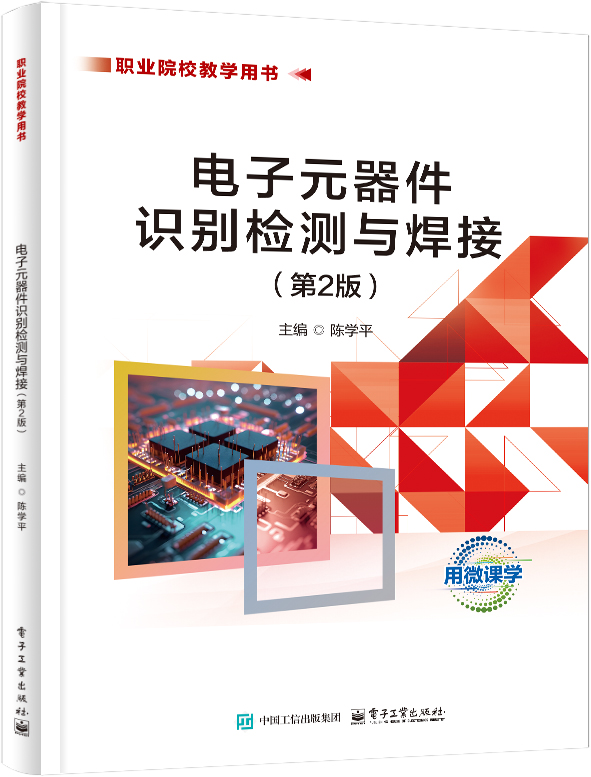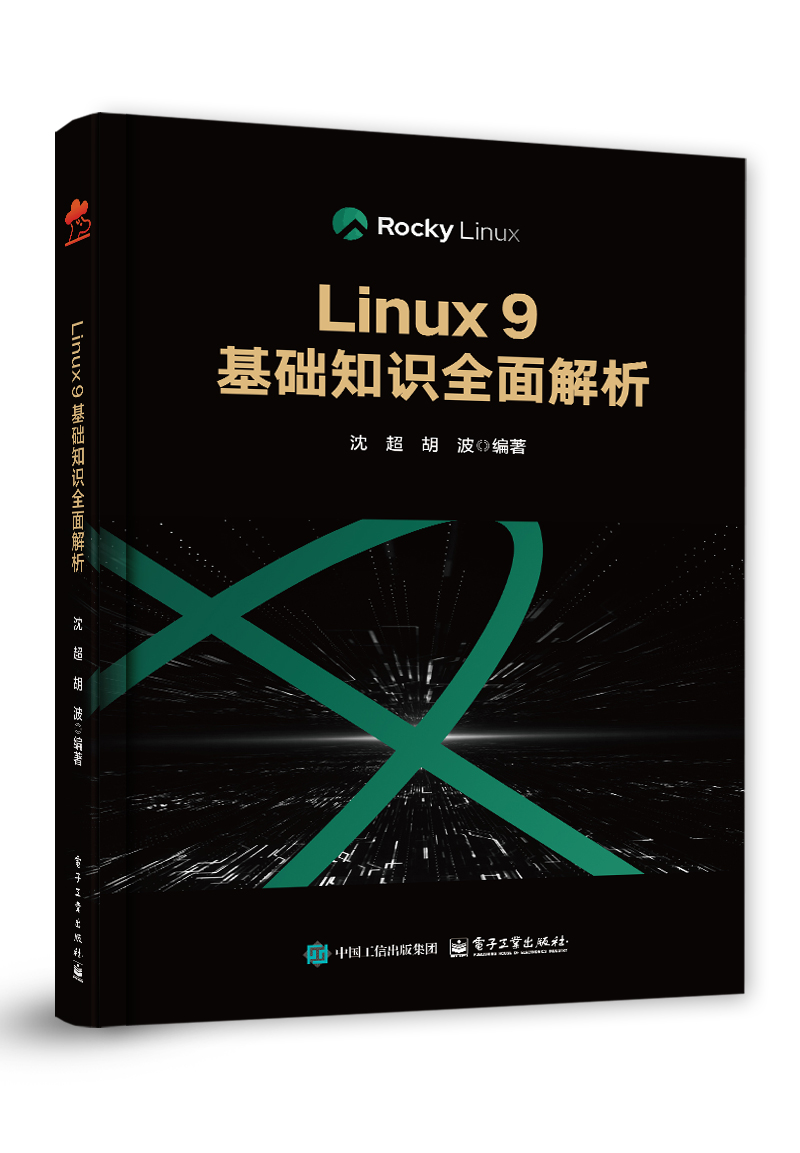电气工程及其自动化专业英语
丛 书 名:
普通高等教育“十二五”规划教材
高等学校专业英语教材
作 译 者:杨勇,邓秋玲
出 版 日 期:2014-01-01
书 代 号:G0216040
I S B N:9787121216046
图书简介:
电气工程及其自动化专业内涵丰富,涉及面广,且国际交流与合作越来越丰富。本书从适应高等学校电气工程及其自动化专业英语的教学需要出发,较全面地涵盖了电气工程及其自动化专业英语的相关知识。本书兼顾内容的实用性和易用性,全书共分9个单元,主要内容包括:电子电路基础、电力电子、电机、电力系统、电力生产、自动控制、传感技术、计算机网络与网络控制及信号处理与通信等。本书内容丰富,取材新颖,重点突出,与专业课程结合紧密,充分反映现代电气工程及其自动化技术的发展实际,实用性强。单元由课文、单词与词组、注释、科技翻译技巧与方法、练习等部分组成。为方便阅读和理解,在编排上各单元相对独立,每节后附有新专业词汇和重点句解析,同时在书后附有习题答案和参考译文。为了方便教学,本书另配套电子教案、授课建议和词汇总表,向采用本教材的教师免费提供。
-
配 套 资 源
本书资源
-
图 书 内 容
内容简介
电气工程及其自动化专业内涵丰富,涉及面广,且国际交流与合作越来越丰富。本书从适应高等学校电气工程及其自动化专业英语的教学需要出发,较全面地涵盖了电气工程及其自动化专业英语的相关知识。本书兼顾内容的实用性和易用性,全书共分9个单元,主要内容包括:电子电路基础、电力电子、电机、电力系统、电力生产、自动控制、传感技术、计算机网络与网络控制及信号处理与通信等。本书内容丰富,取材新颖,重点突出,与专业课程结合紧密,充分反映现代电气工程及其自动化技术的发展实际,实用性强。单元由课文、单词与词组、注释、科技翻译技巧与方法、练习等部分组成。为方便阅读和理解,在编排上各单元相对独立,每节后附有新专业词汇和重点句解析,同时在书后附有习题答案和参考译文。为了方便教学,本书另配套电子教案、授课建议和词汇总表,向采用本教材的教师免费提供。图书详情
ISBN:9787121216046开 本:16开页 数:288字 数:600本书目录
目 录 Unit 1 Fundamentals of Electronic Circuits 1 1.1 Introduction to Circuit Theory 1 New Words and Expressions 4 Notes 4 1.2 Analog and Digital Circuits 5 New Words and Expressions 11 Notes 11 1.3 Three-Phase Circuits 13 New Words and Expressions 17 Notes 18 1.4 Further Reading 18 Reading Amplifiers and Their Applications 18 Translation Methods and Skills of EST (English of Science and Technology) ——科技英语翻译方法与技巧:省略法 21 Exercises 23 Unit 2 Power Electronics 24 2.1 Introduction 24 New Words and Expressions 25 Notes 26 2.2 Power Semiconductor Devices 27 2.2.1 Diode 28 2.2.2 Thyristors and GTOs 28 2.2.3 Power MOSFEETs and IGBTs 29 New Words and Expressions 30 Notes 30 2.3 Power Electronic Converters 31 2.3.1 Rectifiers and Inverters 31 2.3.2 Choppers and Cycloconverters 33 New Words and Expressions 35 Notes 35 2.4 Further Reading 36 Reading Electronic Filters 36 Translation Methods and Skills of EST (English of Science and Technology)—— 科技英语翻译方法与技巧:长句的翻译 37 Exercises 39 Unit 3 Electrical Machines 41 3.1 Introduction 41 3.1.1 Elementary Concepts of Electrical Machines 41 3.1.2 Classification of Electrical Machines 41 3.1.3 Applications of Electrical Machines 42 New Words and Expressions 43 Notes 44 3.2 Induction Machines 44 3.2.1 Equivalent Circuit of a Polyphase Induction Machine 45 3.2.2 Performance of a Polyphase Induction Machine 46 3.2.3 Torque-Speed Characteristics of 3-Phase Induction Motors 47 3.2.4 Applications for Induction Motors 48 New Words and Expressions 48 Notes 49 3.3 Synchronous Machines 50 3.3.1 Equivalent Circuit of a Synchronous Machine 50 3.3.2 Power Angle and Other Performance Characteristics 51 3.3.3 Steady-State Stability 53 3.3.4 Applications for Synchronous Motors 53 New Words and Expressions 53 Notes 54 3.4 DC Machines 55 3.4.1 Constructional Features of DC Machines 55 3.4.2 Equivalent Circuit of a DC Machine 57 3.4.3 DC Machines Characteristics 58 3.4.4 Applications for DC Machines 59 New Words and Expressions 61 Notes 61 3.5 Further Reading 62 Reading Monitoring Techniques for Rotating 62 Electrical Machines 62 Translation Methods and Skills of EST (English of Science and Technology) ——科 技英语翻译方法与技巧:词义的确定 64 Exercises 65 Unit 4 Electric Power Systems 67 4.1 Introduction 67 New Words and Expressions 68 Notes 69 4.2 Components of Electric Power Systems 69 New Words and Expressions 71 Notes 71 4.3 Operation and Control of Power Systems 72 New Words and Expressions 74 Notes 75 4.4 Power System Protections 76 4.4.1 Faults and Their Damages on Power Systems 76 4.4.2 Circuit Breakers 78 4.4.3 Distance Protection 79 4.4.4 Lightning Arresters 80 New Words and Expressions 81 Notes 82 4.5 Power System Stability 83 New Words and Expressions 84 Notes 84 4.6 Further Reading 85 Reading Smart Grid 85 Translation Methods and Skills of EST (English of Science and Technology) ——科 技英语翻译方法与技巧:被动语态 86 Exercises 89 Unit 5 Electric Power Generations 91 5.1 Coal-fired Power Generation 91 New Words and Expressions 92 Notes 93 5.2 Hydropower Generation 94 New Words and Expressions 96 Notes 96 5.3 Windpower Generation 97 New Words and Expressions 99 Notes 99 5.4 Solarpower Generation 100 New Words and Expressions 102 Notes 102 5.5 Further Reading 103 Reading Wind-Energy-Conversion Systems 103 Translation Methods and Skills of EST (English of Science and Technology) ——科 技英语翻译方法与技巧: 顺译与调整 语序 103 Exercises 104 Unit 6 Automatic Control 107 6.1 Introduction 107 6.1.1 Elementary Concept of Control Systems 107 6.1.2 Classification and Applications of Control Systems 108 New Words and Expressions 109 Notes 110 6.2 Feedback Control 112 6.2.1 Transfer Functions and Block Diagrams 112 6.2.2 Dynamic Response of Control Systems 114 6.2.3 Steady-state Error of Linear Systems 115 6.2.4 Classification of Feedback Control Systems 115 New Words and Expressions 116 Notes 117 6.3 Control Methods 119 6.3.1 PID Control 119 6.3.2 Fuzzy Control 122 New Words and Expressions 123 Notes 124 6.4 Control Technologies 125 6.4.1 Single-chip Microprocessor Control 125 6.4.2 Programmable Logic Control 127 New Words and Expressions 128 Notes 129 6.5 Further Reading 129 Reading The Future of PID Control 129 Translation Methods and Skills of EST (English of Science and Technology) ——科 技英语翻译方法与技巧:否定句的 翻译 130 Exercises 132 Unit 7 Sensoring Technology 134 7.1 Introduction 134 New Words and Expressions 136 Notes 137 7.2 Sensors 138 7.2.1 Resistive Temperature Detectors 138 New Words and Expressions 141 Notes 142 7.2.2 Strain Gauges 142 New Words and Expressions 144 Notes 145 7.2.3 Capacitive Pressure Sensors 146 New Words and Expressions 148 Notes 149 7.2.4 Inductive Displacement Sensor 149 New Words and Expressions 152 Notes 153 7.3 Further Reading 154 Reading Sensor Network 154 Translation Methods and Skills of EST (English of Science and Technology)——科 技英语翻译方法与技巧:定语从句 的翻译 155 Exercises 158 Unit 8 Computer Network and Networked Control 159 8.1 Introduction to Computer network 159 New Words and Expressions 161 Notes 161 8.2 Introduction to Networked Control Systems 162 New Words and Expressions 165 Notes 166 8.3 Further Reading 166 Reading Application of NCSs to Power System Control 166 Translation Methods and Skills of EST (English of Science and Technology) ——科技英语翻译方法与技巧:科技 论文写作格式及规范 167 Unit 9 Signal Processing & Telecommunication 169 9.1 Signals and Spectral Analysis 169 9.1.1 Periodic Signals and Fourier Series 169 9.1.2 Spectral Analysis and Signal Bandwidth 170 New Words and Expressions 171 Notes 172 Exercises 172 9.2 Modulation, Sampling, and Multiplexing 173 9.2.1 Frequency Translation and Product Modulation 173 9.2.2 Sampling and Pulse Modulation 173 9.2.3 Multiplexing Systems 174 New Words and Expressions 174 Notes 175 Exercises 175 9.3 Interference 176 9.3.1 Noise 176 9.3.2 Filtering, Distortion, and Equalization 176 New Words and Expressions 177 Notes 178 Exercises 178 9.4 Analog Telecommunication Systems 179 9.4.1 Amplitude Modulation 179 9.4.2 Message Demodulation 180 9.4.3 Frequency Modulation 180 9.4.4 Demodulators for FM 181 New Words and Expressions 182 Notes 182 Exercises 183 9.5 Digital Telecommunication Systems 184 9.5.1 Sampling 184 9.5.2 Quantization and Quantization Error 184 9.5.3 Companding 185 9.5.4 Source Encoding 185 New Words and Expressions 186 Notes 186 Exercises 187 9.6 Further Reading 187 Reading Anti-noise Systems—Noise Cancellation 187 Translation Methods and Skills of EST (English of Science and Technology) ——科技英语翻译方法与技巧:科技 论文英文摘要的写作 188 参考译文 193 Keys to Exercises 269 参考文献 279展开前 言
前 言 现代电气工程及其自动化行业具有技术、资金、人才密集等特点,是电气信息领域的一门新兴交叉学科。随着当今高新技术的快速发展,电气工程及其自动化与人们的日常生活及工业生产紧密相关,这方面的人才市场需求也很旺盛。近年来,我国电气工程及其自动化行业迎来了新一轮的发展机遇,但也面临着国外电气工程及其自动化先进技术和高品质产品的严峻挑战。随着世界经济一体化,我国与国外同行之间的业务交往日益增多,大量的先进电气工程及其自动化技术设备的引进也随之增多,电气工程及其自动化专业英语的应用越来越广泛。对于电气工程及其自动化专业的大学生和从事相关领域的工程技术人员来讲,熟练掌握电气工程及其自动化专业英语基本技能是非常必要的。 电气工程及其自动化技术涉及电子电路、电力电子、电气工程、检测与自动化以及新能源等众多技术领域,其科技英语词汇和语句等虽常见于各专业文献中,但比较分散,给广大大学生和初学者的专业英语学习带来了诸多不便。为了满足电气工程及其自动化专业英语教与学的需求,我们编写了《电气工程及其自动化专业英语》一书。 电气工程及其自动化内涵丰富,涉及面广。在整个编写过程中,不仅注重与电气工程及其自动化工程实际紧密结合,而且所选教材内容紧扣专业基本知识点,体现基本内容、基本要求、基本能力,注意知识的衔接性、系统性和拓展性,其先修课要求完成电气工程及其自动化专业基础课程(电子技术、电机与拖动、微机原理与应用、自动控制原理、检测技术与自动化仪表、可编程控制器等)和电力电子技术、电力系统基础、电力系统控制技术等。同时,强调电气工程及其自动化专业知识的教学特点,有针对性地在教材内容深度和广度方面进行合理搭配,以实用和可运用性为目的,拥有广度,兼顾深度。课文图文并茂、简单易读,适合不同层次的读者阅读。 本书选材于国内外最新出版的教科书、专著、外文期刊等。尽管所选内容篇幅有限,但比较精练,基本涵盖了电气工程及其自动化学科领域的专业基础知识。全书共分9个单元,即电子电路基础、电力电子、电机、电力系统、电力生产、自动控制、传感技术、计算机网络与网络控制及信号处理与通信等。本书配套电子教案、授课建议和词汇总表,请登录华信教育资源网(http://www.hxedu.com.cn)注册下载。 本书第1、2、5章和部分习题及翻译技巧等由杨勇、宋海鹰、文珊和齐海英编写;第4、7、8章和部分习题由魏立明、朱鹰屏和魏大慧编写;第5、6、9章和部分习题由陈啸晴、邓秋玲和戚美月编写;第3章和部分习题由詹彤、高艳玲和牛晓燕编写;全书由杨勇统稿。在本书的编写过程中,电子工业出版社的王羽佳编辑为本书的出版做了大量工作,在此一并表示感谢! 本书的编写参考了大量近年来出版的相关技术资料,吸取了许多专家和同仁的宝贵经验,在此向他们深表谢意。 由于时间仓促、水平有限,错误之处在所难免,竭诚希望得到广大读者和同行的批评指正。 编 者 2013年12月展开作者简介
本书暂无作者简介 -
样 章 试 读
-
图 书 评 价 我要评论
